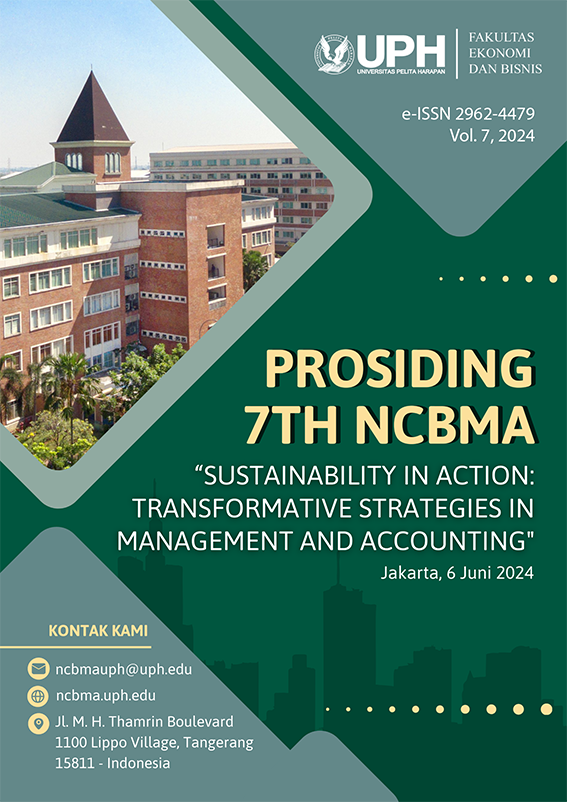THE IMPACT OF PROFITABILITY ON STOCK RETURNS: A COMPARATIVE ANALYSIS BETWEEN COMPANIES WITH HIGH AND LOW LEVERAGE LEVELS
Schlagworte:
Profitability, stock return, leverageAbstract
Various research has shown a positive relation between profitability and stock return. Higher profitability increases company value, and thus drives stock prices higher. We found that the relation is much weaker in companies with high leverage compared to companies with low leverage. The reason might be that in highly leveraged companies, the cash flow resulting from profit is mainly used to serve debt obligation, leaving little left for the stockholder. The result is important for stock investors to avoid putting too much emphasis on company profitability in making investing decisions.
Literaturhinweise
Akbas, F., Jiang, C., & Koch, P. (2015). The trend in firm profitability and the cross section of stock returns. Econometric Modeling: Forecasting eJournal. https://doi.org/10.2139/ssrn.2538867
Aivazian, V., Ge, Y., & Qiu, J. (2005). The impact of leverage on firm investment: Canadian evidence. Journal of Corporate Finance, 11(1-2), 277-291. https://doi.org/10.1016/S0929-1199(03)00062-2
Berggrun, L., Cardona, E., & Lizarzaburu, E. (2020). Firm profitability and expected stock returns: Evidence from Latin America. Research in International Business and Finance, 51, 101119. https://doi.org/10.1016/j.ribaf.2019.101119
Cai, J., & Zhang, Z. (2011). Leverage change, debt overhang, and stock prices. Journal of Corporate Finance, 17(3), 391-402. https://doi.org/10.1016/j.jcorpfin.2010.12.003
Fama, E. F., & French, K. R. (1993). Common risk factors in the returns on stocks and bonds. Journal of Financial Economics, 33(1), 3-56. https://doi.org/10.1016/0304-405X(93)90023-5
Fama, E. F., & French, K. R. (2006). Profitability, investment and average returns. Journal of Financial Economics, 82(3), 491-518.
Jun, X. (2006). Financial leverage, debt structure and firm growth: Evidence from public corporate. Journal of Guangdong Technical College of Water Resources and Electric Engineering.
Lakonishok, J., Shleifer, A., & Vishny, R. W. (1994). Contrarian investment, extrapolation, and risk. Journal of Finance, 49(5), 1541-1578. https://doi.org/10.1111/j.1540-6261.1994.tb04772.x
Lam, F., Wang, S., & Wei, K. (2015). The profitability premium: Macroeconomic risks or expectation errors? Capital Markets: Market Efficiency eJournal. https://doi.org/10.2139/ssrn.2726027
Novy-Marx, R. (2013). The other side of value: The gross profitability premium. Journal of Financial Economics, 108(1), 1-28.
Park, K., & Jang, S. (2013). Capital structure, free cash flow, diversification and firm performance: A holistic analysis. International Journal of Hospitality Management, 33, 51-63. https://doi.org/10.1016/j.ijhm.2013.01.007
Sharpe, W. F. (1964). Capital asset prices: A theory of market equilibrium under conditions of risk. Journal of Finance, 19(3), 425-442. https://doi.org/10.2307/2977928
Wang, H., & Yu, J. (2013). Dissecting the profitability premium. IO: Theory eJournal. https://doi.org/10.2139/ssrn.1711856
Downloads
Veröffentlicht
Ausgabe
Rubrik
Lizenz
Copyright (c) 2024 George Lento, Yanuar Dananjaya

Dieses Werk steht unter der Lizenz Creative Commons Namensnennung - Weitergabe unter gleichen Bedingungen 4.0 International.

